In the ever-evolving field of architecture and construction, lightweight facades have emerged as a game-changer, revolutionizing the way buildings are designed and constructed. These innovative building elements offer a wide range of benefits, from enhancing aesthetics to improving energy efficiency and sustainability. In this article, we will delve into the world of lightweight facades, exploring their characteristics, advantages, and applications in modern architecture. What are Lightweight Facades? Lightweight facades, also known as lightweight cladding systems, are external building envelopes that are designed to provide protection and insulation to a structure while being significantly lighter in weight compared to traditional facade materials such as brick and concrete. These facades are typically made from a variety of lightweight materials, including metal panels, glass, plastic, and composite materials. One of the key advantages of lightweight facades is their versatility and flexibility in design. They can be customized to suit the aesthetic requirements of a building, ranging from sleek and modern to traditional and ornate. Additionally, lightweight facades are available in a wide range of colors, textures, and finishes, allowing architects and designers to create visually stunning facades that reflect the unique character of a building. Advantages of Lightweight Facades 1. Energy Efficiency: Lightweight facades play a crucial role in improving the energy efficiency of buildings by providing thermal insulation and reducing heat loss. By incorporating high-performance insulation materials, lightweight facades help maintain a comfortable indoor environment and reduce the reliance on mechanical heating and cooling systems. 2. Reduced Structural Load: The lightweight nature of facade materials reduces the overall structural load on a building, resulting in cost savings during construction and enabling the use of lighter building structures. This is particularly beneficial in high-rise buildings where weight reduction is a critical factor in the design and construction process.
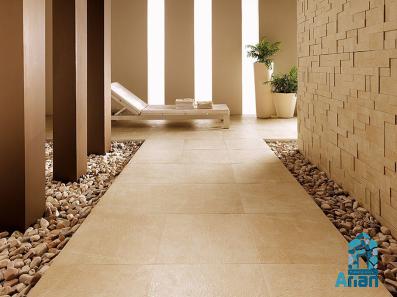
.
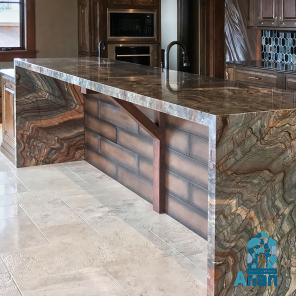 3. Sustainable Design: Lightweight facades promote sustainable design practices by using materials that are recyclable and energy-efficient. Additionally, the reduced weight of the facade materials results in lower transportation costs and carbon emissions, making lightweight facades a more environmentally friendly choice compared to traditional facade materials. 4. Quick Installation: Lightweight facades are prefabricated off-site, allowing for faster and more efficient installation on-site. This not only reduces construction time but also minimizes disruption to the surrounding environment, making lightweight facades an ideal choice for projects with tight timelines and limited access. Applications of Lightweight Facades 1. Commercial Buildings: Lightweight facades are commonly used in commercial buildings such as office complexes, retail centers, and hotels to create a distinctive appearance and improve energy efficiency. The customizable nature of lightweight facades allows designers to experiment with different shapes, colors, and materials to achieve a unique and eye-catching facade design. 2. Residential Buildings: In the residential sector, lightweight facades are becoming increasingly popular for single-family homes, multi-family housing, and high-end condominiums. These facades offer homeowners the opportunity to enhance the curb appeal of their properties while enjoying the benefits of improved energy efficiency and sustainability. 3. Educational Institutions: Schools, colleges, and universities are also embracing lightweight facades as a way to update their facilities and create inspiring learning environments. Lightweight facades can be used to modernize existing buildings, add new wings or extensions, and improve the overall aesthetics of educational institutions. 4. Cultural and Civic Buildings: Museums, theaters, libraries, and other cultural and civic buildings can benefit greatly from the use of lightweight facades to create visually striking facades that complement the building’s function and purpose.
3. Sustainable Design: Lightweight facades promote sustainable design practices by using materials that are recyclable and energy-efficient. Additionally, the reduced weight of the facade materials results in lower transportation costs and carbon emissions, making lightweight facades a more environmentally friendly choice compared to traditional facade materials. 4. Quick Installation: Lightweight facades are prefabricated off-site, allowing for faster and more efficient installation on-site. This not only reduces construction time but also minimizes disruption to the surrounding environment, making lightweight facades an ideal choice for projects with tight timelines and limited access. Applications of Lightweight Facades 1. Commercial Buildings: Lightweight facades are commonly used in commercial buildings such as office complexes, retail centers, and hotels to create a distinctive appearance and improve energy efficiency. The customizable nature of lightweight facades allows designers to experiment with different shapes, colors, and materials to achieve a unique and eye-catching facade design. 2. Residential Buildings: In the residential sector, lightweight facades are becoming increasingly popular for single-family homes, multi-family housing, and high-end condominiums. These facades offer homeowners the opportunity to enhance the curb appeal of their properties while enjoying the benefits of improved energy efficiency and sustainability. 3. Educational Institutions: Schools, colleges, and universities are also embracing lightweight facades as a way to update their facilities and create inspiring learning environments. Lightweight facades can be used to modernize existing buildings, add new wings or extensions, and improve the overall aesthetics of educational institutions. 4. Cultural and Civic Buildings: Museums, theaters, libraries, and other cultural and civic buildings can benefit greatly from the use of lightweight facades to create visually striking facades that complement the building’s function and purpose.
..
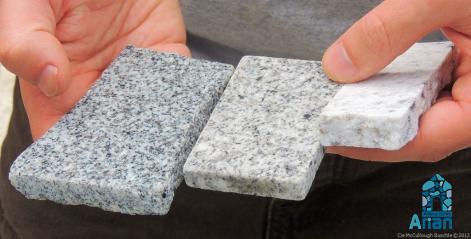 The lightweight nature of these facades allows for creative and innovative design solutions that enhance the architectural identity of these important cultural landmarks. In conclusion, lightweight facades are a versatile and sustainable solution for enhancing the aesthetics and performance of modern buildings. With their energy-efficient properties, cost-effective construction, and design flexibility, lightweight facades are poised to play a significant role in shaping the future of architecture and construction. Whether used in commercial, residential, educational, or cultural buildings, lightweight facades offer a multitude of benefits that make them a compelling choice for architects, designers, and building owners alike. The use of lightweight facades in modern architecture represents a shift towards more sustainable and innovative building practices. These advanced building elements not only enhance the visual appeal of structures but also contribute to the overall efficiency and performance of buildings. As architects and designers continue to explore new ways to create sustainable and aesthetically pleasing built environments, lightweight facades have emerged as a valuable tool in achieving these goals. One of the key factors driving the adoption of lightweight facades is the emphasis on environmental sustainability. As concerns about climate change and resource depletion continue to grow, architects and builders are seeking ways to reduce the environmental impact of buildings. Lightweight facades offer a solution to this challenge by providing an energy-efficient and environmentally friendly envelope for buildings. By incorporating high-performance insulation materials and reducing the overall weight of the facade, these systems help to minimize energy consumption and lower carbon emissions. Furthermore, lightweight facades are designed to meet the evolving needs of modern architecture. With advancements in technology and materials, architects now have access to a wide range of options for creating lightweight and visually striking facades. Whether it’s using innovative composite materials, integrating smart building technologies, or experimenting with unique shapes and forms, lightweight facades offer endless possibilities for creative expression.
The lightweight nature of these facades allows for creative and innovative design solutions that enhance the architectural identity of these important cultural landmarks. In conclusion, lightweight facades are a versatile and sustainable solution for enhancing the aesthetics and performance of modern buildings. With their energy-efficient properties, cost-effective construction, and design flexibility, lightweight facades are poised to play a significant role in shaping the future of architecture and construction. Whether used in commercial, residential, educational, or cultural buildings, lightweight facades offer a multitude of benefits that make them a compelling choice for architects, designers, and building owners alike. The use of lightweight facades in modern architecture represents a shift towards more sustainable and innovative building practices. These advanced building elements not only enhance the visual appeal of structures but also contribute to the overall efficiency and performance of buildings. As architects and designers continue to explore new ways to create sustainable and aesthetically pleasing built environments, lightweight facades have emerged as a valuable tool in achieving these goals. One of the key factors driving the adoption of lightweight facades is the emphasis on environmental sustainability. As concerns about climate change and resource depletion continue to grow, architects and builders are seeking ways to reduce the environmental impact of buildings. Lightweight facades offer a solution to this challenge by providing an energy-efficient and environmentally friendly envelope for buildings. By incorporating high-performance insulation materials and reducing the overall weight of the facade, these systems help to minimize energy consumption and lower carbon emissions. Furthermore, lightweight facades are designed to meet the evolving needs of modern architecture. With advancements in technology and materials, architects now have access to a wide range of options for creating lightweight and visually striking facades. Whether it’s using innovative composite materials, integrating smart building technologies, or experimenting with unique shapes and forms, lightweight facades offer endless possibilities for creative expression.
…
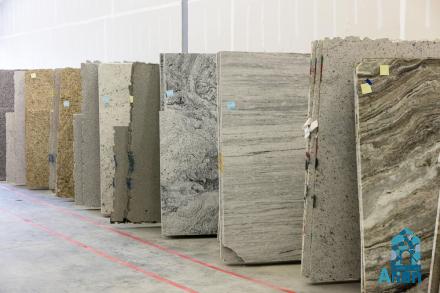 This flexibility in design allows architects to push the boundaries of traditional building aesthetics and create truly iconic structures that stand out in the urban landscape. Additionally, the practical benefits of lightweight facades cannot be overlooked. These facades are easy to maintain, durable, and resistant to weathering, making them a cost-effective choice for building owners. By reducing the need for frequent repairs and maintenance, lightweight facades help to lower the long-term operating costs of buildings. Moreover, the lightweight nature of these facades enables faster and more efficient installation, leading to reduced construction time and labor costs. From a structural perspective, lightweight facades also offer advantages in terms of seismic performance and building resilience. The reduced weight of these facades helps to minimize the impact of seismic forces on buildings, improving their overall structural integrity and safety. This is particularly important in regions prone to earthquakes, where lightweight facades can play a critical role in enhancing the resilience of buildings and protecting occupants. In conclusion, lightweight facades represent a significant advancement in the field of architecture and construction, offering a multitude of benefits to architects, designers, building owners, and occupants. From improving energy efficiency to enhancing aesthetics, sustainability, and structural performance, lightweight facades are reshaping the way we think about building envelopes. As the demand for sustainable and innovative building solutions continues to rise, lightweight facades are poised to become an integral part of the built environment, contributing to a more resilient, efficient, and visually appealing urban landscape. In a world where sustainability and design excellence are paramount, lightweight facades stand out as a forward-thinking solution that combines aesthetics, functionality, and environmental responsibility. Whether used in commercial, residential, educational, or cultural buildings, lightweight facades have the potential to transform the way we approach architecture and construction, creating a built environment that is not only beautiful and inspiring but also sustainable and resilient for generations to come.
This flexibility in design allows architects to push the boundaries of traditional building aesthetics and create truly iconic structures that stand out in the urban landscape. Additionally, the practical benefits of lightweight facades cannot be overlooked. These facades are easy to maintain, durable, and resistant to weathering, making them a cost-effective choice for building owners. By reducing the need for frequent repairs and maintenance, lightweight facades help to lower the long-term operating costs of buildings. Moreover, the lightweight nature of these facades enables faster and more efficient installation, leading to reduced construction time and labor costs. From a structural perspective, lightweight facades also offer advantages in terms of seismic performance and building resilience. The reduced weight of these facades helps to minimize the impact of seismic forces on buildings, improving their overall structural integrity and safety. This is particularly important in regions prone to earthquakes, where lightweight facades can play a critical role in enhancing the resilience of buildings and protecting occupants. In conclusion, lightweight facades represent a significant advancement in the field of architecture and construction, offering a multitude of benefits to architects, designers, building owners, and occupants. From improving energy efficiency to enhancing aesthetics, sustainability, and structural performance, lightweight facades are reshaping the way we think about building envelopes. As the demand for sustainable and innovative building solutions continues to rise, lightweight facades are poised to become an integral part of the built environment, contributing to a more resilient, efficient, and visually appealing urban landscape. In a world where sustainability and design excellence are paramount, lightweight facades stand out as a forward-thinking solution that combines aesthetics, functionality, and environmental responsibility. Whether used in commercial, residential, educational, or cultural buildings, lightweight facades have the potential to transform the way we approach architecture and construction, creating a built environment that is not only beautiful and inspiring but also sustainable and resilient for generations to come.
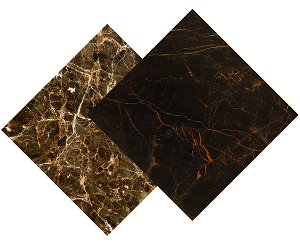



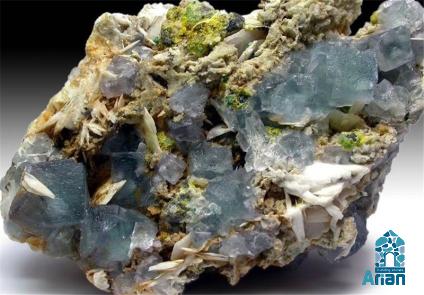
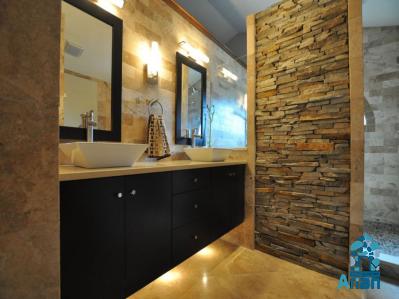

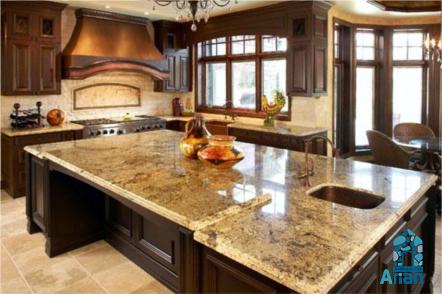



Your comment submitted.